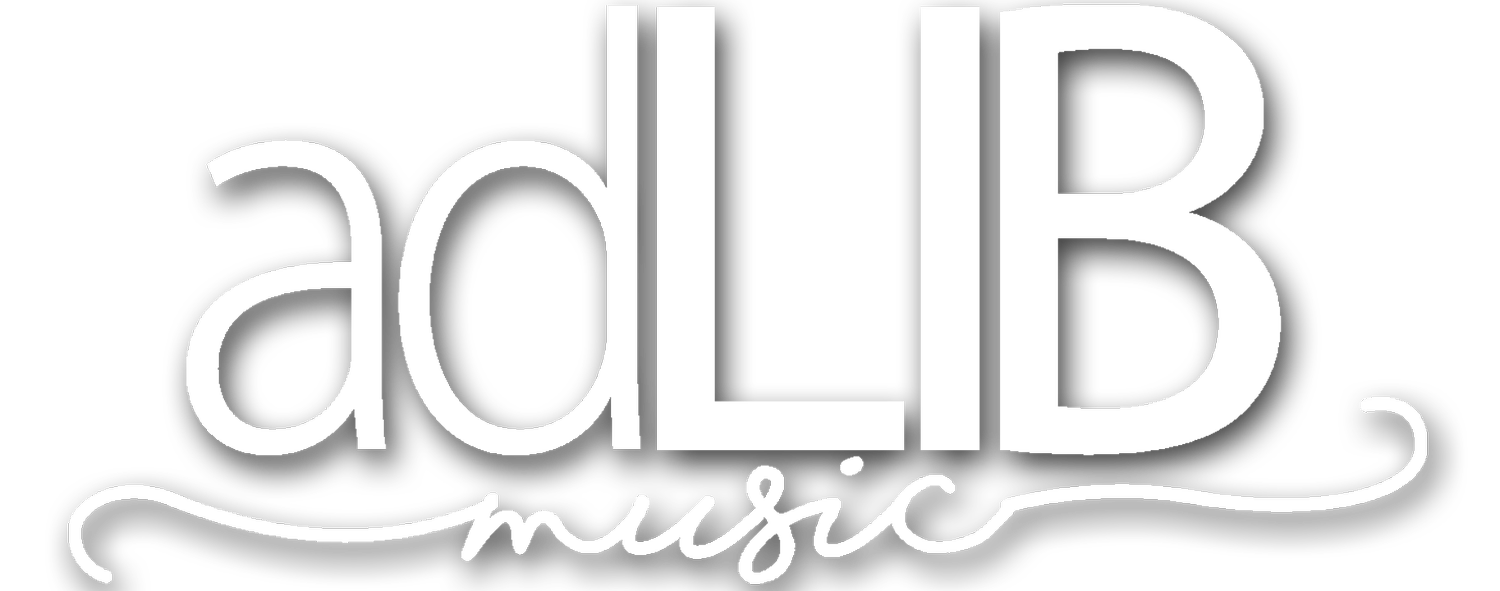How Songs Are Built
Why do I need to know how to build a song? Because knowing how to build songs enables me to:
Learn it without “playing it on repeat 18 times”
Rehearse it as a band without just “playing the whole thing 8 times”
Know what I can change in it so it’s still fresh and worshipful after singing it 28 times
Encourage the congregation to sing more (without even asking for it)
Adapt it to my band (especially if my electric guitar player still thinks solid-state is king)
Heroically decide not to play it when I realize (before Sunday morning) that my rhythm section (that carries this particular song) just doesn’t have what it takes to pull it off (yet)
The Four Elements of Song
They are Melody, Text, Form, and Accompaniment (harmony, rhythm, tone, tempo, and dynamics). There are elements you can rework and elements that, if changed, make it a completely different song. You can modify Text, Form, and Accompaniment to varying degrees. But Melody is the DNA of a song - change that, and it’s no longer the same song.
We’ll start with what is the most flexible, Accompaniment:
You may be able to change the chords and still sing the melody as written, but you may need to change the harmony you can sing with it. You can change the rhythmic feel of the song, and it may still work – like laying a rock feel, a jazz swing, or a pop groove on it. You can play the song with only an acoustic guitar or a full band, but you’ll need to play it differently to achieve similar energy, feel, or even style. You might use instruments the original author never dreamed of using. You can play the song slightly faster or slightly slower (about ±5 BPM unless you’re going for a drastically different groove). You can change the key (thankfully). You can play different voicings on the instruments, use capos, and chord inversions. It may work to add or subtract harmonies. You can play a tranquil version or a ROWDY version. You have lots of options!
Ask, “Would this song make sense if sung a cappella?” or “Would this song work without a drummer or a strong lead guitar player?” Then change at will…the sky is the limit. In fact, in the next rehearsal, try playing the same song once with only the players on the left of the stage and then once with the ones on the right (and yes, the drummer has to pick one or the other). What worked? What didn’t work? What did you learn?
Form:
A song may be written in V1, Ch, V2, or Bridge, but you can totally start on the bridge if you’d like. You don’t need to sing both verses. You can sing just the chorus of a song. I’ll often repeat whichever verse I feel God wants to highlight at that moment. I recently led the classic song Here I Am To Worship. I repeated the second verse twice (without going to the chorus) and went right into the bridge because it seemed fitting to be singing about God coming to earth “Humbly You came to the earth You created, All for love’s sake became poor” …and then go right into “I’ll never know how much it cost…” So it’s Outback Steakhouse here: “no rules, just right.”
Text:
Sometimes, you can slightly alter the text and still keep the song as it is - personalizing a pronoun, for instance. You might change a chorus on the third time around from “God is great” to “God You’re great” or change “He” to “You.” But if you change it up too much, “O praise Him, He is holy” sung as “I praise You, You are holy” doesn’t work as well. But be careful here. Purists may harpoon you after the service (in love, of course). Some of us feel like changing the “sloppy wet kiss” in How He Loves to…any of the dozen substitutes for the original lyric ruins the song. Some of us can’t stand the original. So alter with taste and tact…and good reason.
Melody:
But melody? Nope. Don’t change it. Every note and every rhythm is foundational to the song. It’s the only thing separating it from every other song. Think of it as its DNA or fingerprint. If you don’t sing it true to the original, your singers will have a hard time following you. What’s worse, the congregation will undoubtedly have trouble following you and singing along. (this may very likely be one of the main reasons they don’t sing if they aren’t!)
Don’t believe me? Google “butchered national anthem.”
Now I know, I know...you’re artists just expressing yourselves. Good for you. You are, but you’re servants first. Just like you should “Worship first; Play second” (bit.ly/danwilt033) you must be a “Servant first; Artist second.” There are many ways to be creative and artistic, but altering the melody is not one of them. (unless you’re teaching it as a new song)
-Dave Helmuth
(purchase my book, "Worship Fertilizer: (the first hundred)" HERE)
How Songs Are Built(Nº 18)

